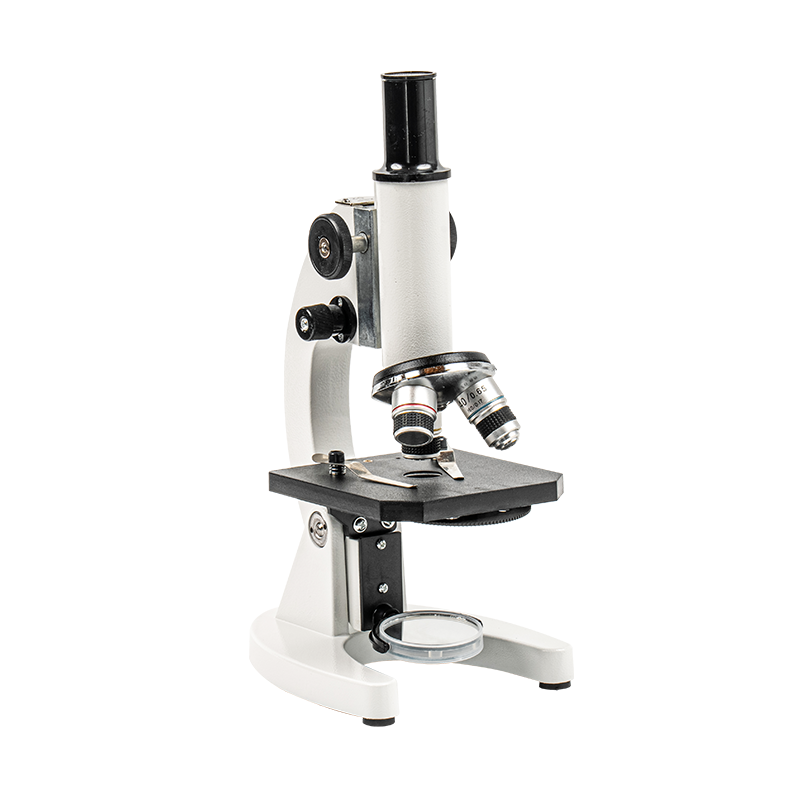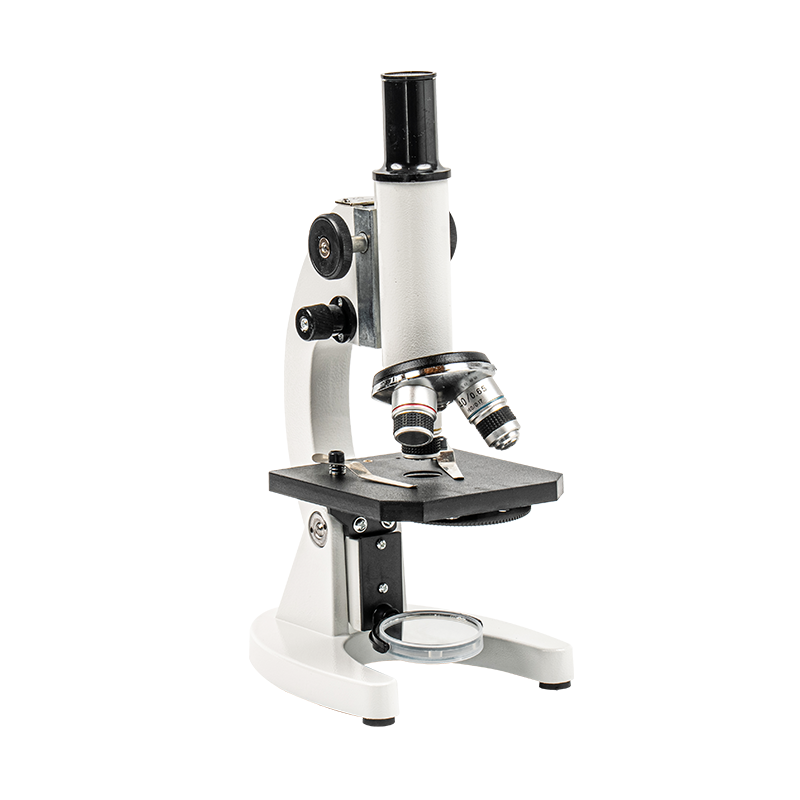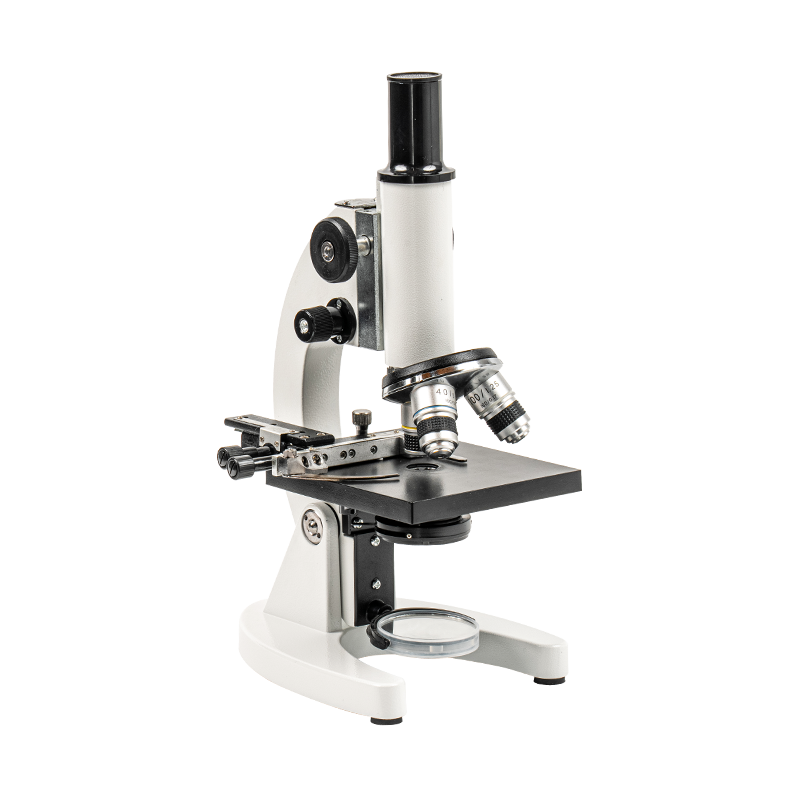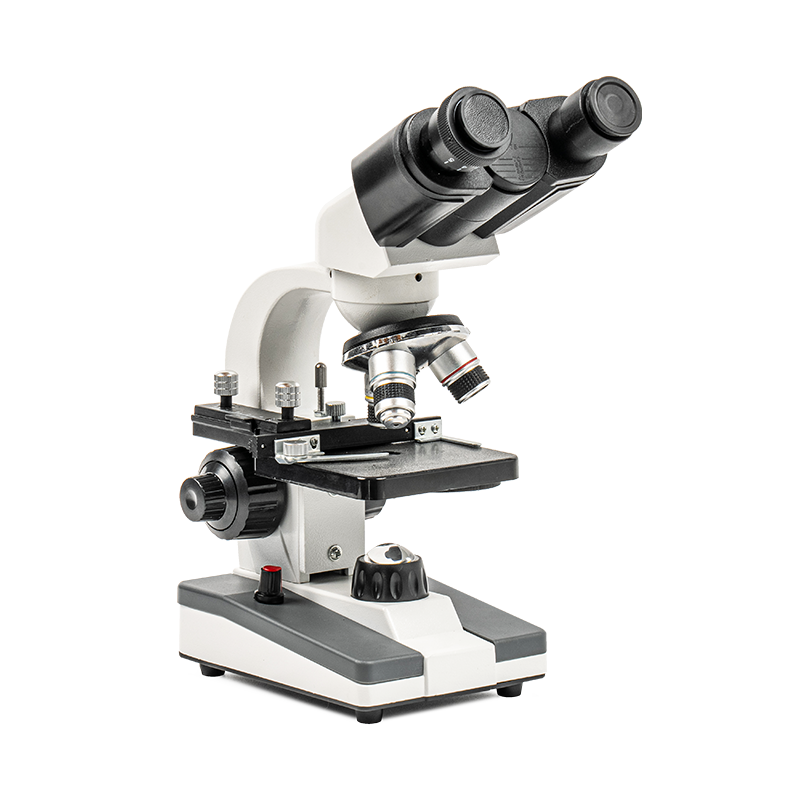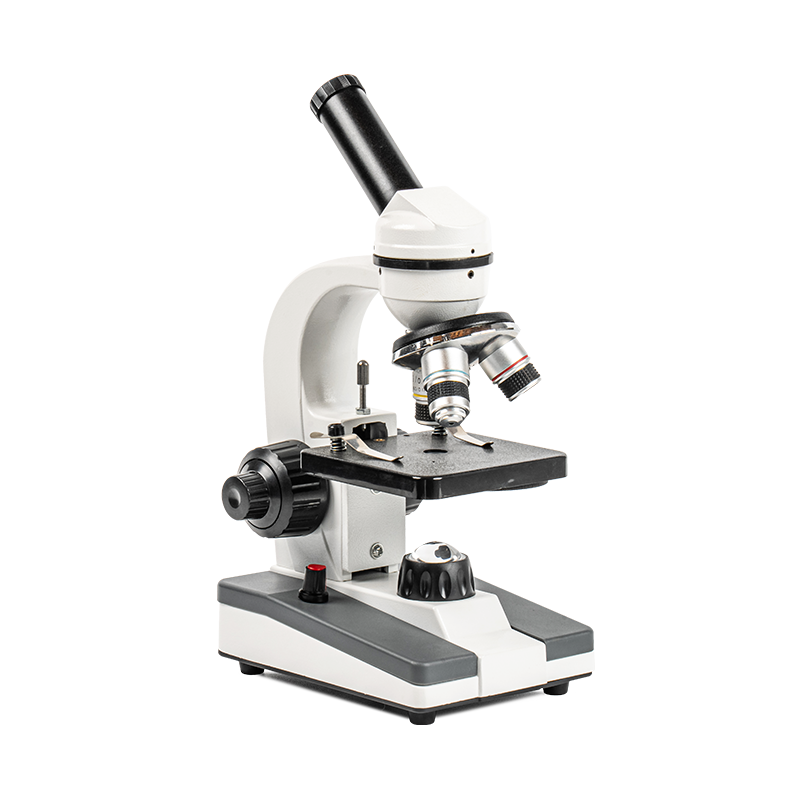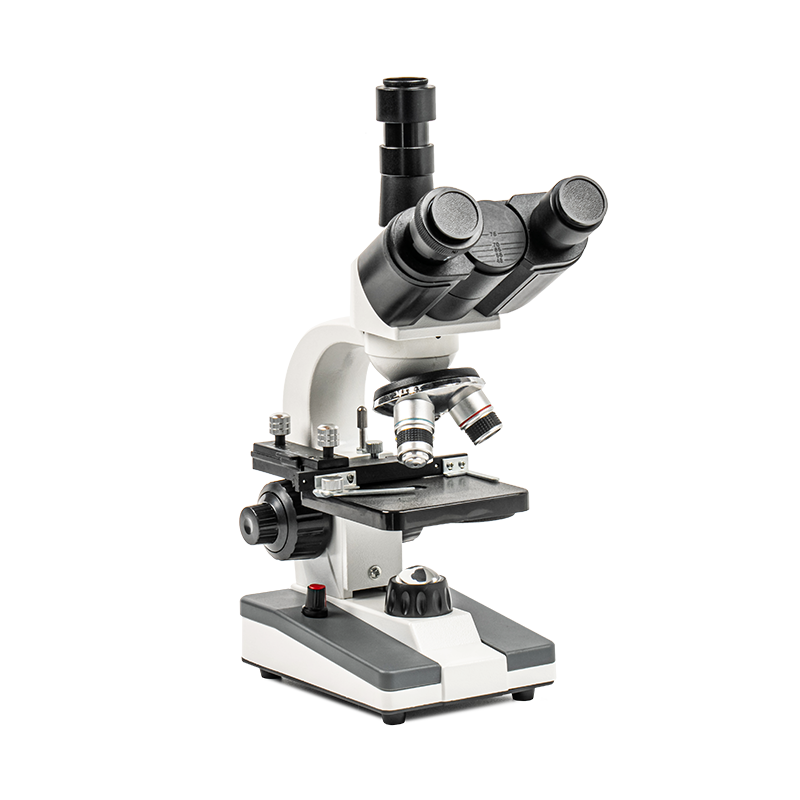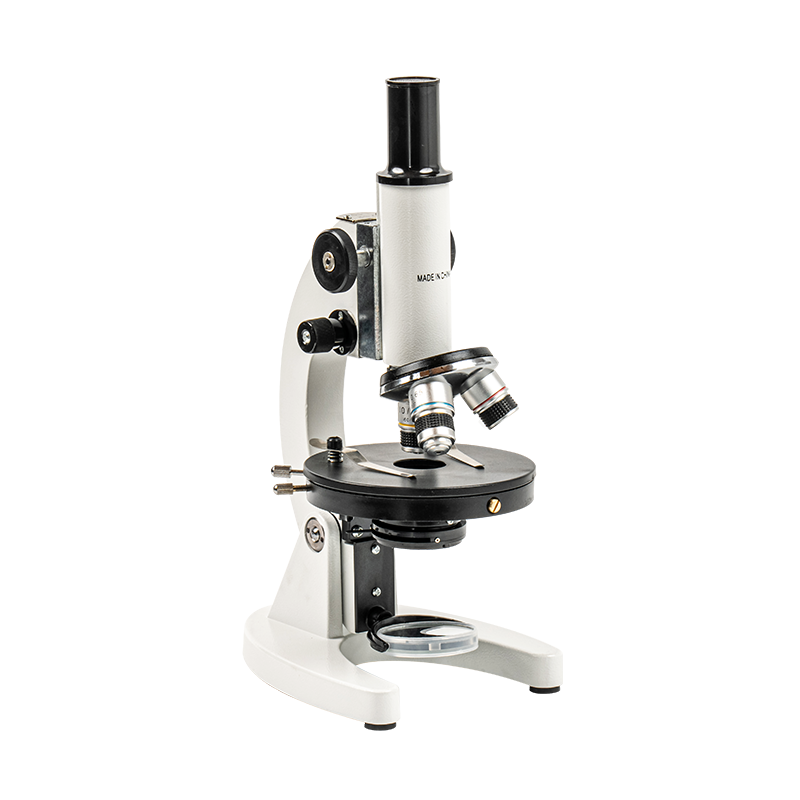With the advancement of technology and the continuous development of educational concepts, the kids microscope, as a fun and educational tool, has become one of the best tools for children to explore the natural world. It not only allows children to better understand and engage with the microscopic world, but also subtly cultivates their scientific literacy and inspires a strong interest in science. Especially in modern education, the kids microscope is more than just an observation tool; it is the starting point for guiding children into scientific exploration.
The joy and meaning of exploring the microscopic world are at the core of how the kids microscope inspires children's scientific curiosity and spirit of exploration. Through the microscope, children can directly see details invisible to the naked eye, thereby understanding many of the mysteries of nature and enjoying the joy of exploring the unknown.
Content
The Joy and Meaning of Exploring the Microscopic World
Opening the Door to Scientific Exploration for Children
The microscopic world is a realm full of wonders and unknowns, and the microscope provides children with a gateway to this mysterious world. With the help of a microscope, children can see many details that are unobservable in daily life. For example, by observing microorganisms in a drop of water, children can see the bustling activity of life in places invisible to the naked eye. Observing the exoskeletons of insects and the cells of plant leaves, children are struck by their complexity and ingenuity, sparking a deeper curiosity and thirst for knowledge.
This experience of exploring the microscopic world not only allows children to understand the details of nature but also helps them cultivate an interest and passion for science. This intuitive experience provided by a microscope is far more engaging and educational than the dry, dry knowledge presented in the classroom. Through their own observation and reflection, children gradually develop a basic understanding of nature and life, laying the foundation for deeper scientific learning in the future.
| Configuration | |
| Achromatic objective | 4X,10X,40X |
| Magnification factor | 40X-1000X |
| Eyepiece | Wide field eyepieces WF10X,wide-angle eyepiece |
| Viewing head | Trinocular head |
| Illumination | LED light (upper and lower light source) |
| power | 3.0V (3 no 5 batteries) |
Stimulating Scientific Curiosity and Cultivating Innovative Thinking
The essence of science is constant questioning and exploration, and a kids microscope provides children with precisely this opportunity for exploration. Through a microscope, children can observe countless microscopic details, which often spark their curiosity about the unknown. For example, under a microscope, children may see unusual organisms or phenomena, prompting them to ask various questions: How do these microorganisms survive? Why are leaf cells green? These questions embody children's scientific curiosity. This curiosity drives them to explore deeper and deeper scientific knowledge.
The joy of exploring the microscopic world is realized through this process of continuous questioning and experimentation. Microscopes allow children to become not just observers but active scientific explorers. As children's curiosity is gradually piqued, they will not only question natural phenomena but also actively seek answers. This proactive learning attitude is the foundation of innovative scientific thinking.
Cultivating Detailed Observation and Concentration
Using a microscope requires children to observe carefully and adjust the focus to accurately and clearly see microscopic details. This process greatly strengthens children's concentration and observation skills. Microscope observation requires children to patiently adjust the focus and observe every detail. Through this meticulous observation, children not only learn how to focus on details but also cultivate patience and sustained attention.
This observation training not only benefits children's scientific learning but also has a positive impact on their learning in other subjects. Scientific research emphasizes observation and experimentation, and microscopes are important tools for cultivating children's scientific observation skills. By cultivating this ability to observe, children will not only succeed in scientific experiments but also become more attuned to changes in their surroundings in everyday life.
Enhancing Understanding and Memory Through Practice
A microscope is more than just an observation tool; it's also an important platform for hands-on learning. By preparing specimens themselves, children can experience the experimental process firsthand, deepening their understanding. For example, children can collect plant samples, stain them, prepare slides, and then examine them under a microscope. This hands-on process not only helps children gain a deeper understanding of experimental procedures and scientific principles, but also strengthens their memory.
Research shows that hands-on learning is more effective than simply listening to lectures. Microscopes provide an opportunity for hands-on learning, allowing children to understand and retain knowledge through hands-on experiments and observations. This understanding and retention not only aids their learning in science, but also has implications for other subjects.
Kids Microscope: An Ideal Tool for Scientific Enlightenment
As a tool for scientific enlightenment, the value of a kids microscope far exceeds repeated observation and experimentation. It not only provides children with a window into nature and scientific exploration, but also fosters their scientific thinking, analytical skills, and problem-solving abilities through its unique approach.
Stimulates interest in biology and natural sciences
Through a microscope, children can see firsthand the structure of cells and observe the movement of microorganisms, directly sparking their interest in biology. Furthermore, using a microscope allows children to better understand the mysteries of nature, such as photosynthesis in plants and the growth processes of animals. This hands-on approach of observation and experimentation not only allows children to gain knowledge but also fosters their passion for science.
Promotes interdisciplinary learning
Microscopes are not only useful in biology; they can also help children understand related concepts in subjects such as chemistry and physics. For example, by observing the molecular structure of water, understanding the chemical composition of cell membranes, and even observing the refraction of light through a microscope, children can make connections between different subjects. Through a microscope, children gain a more comprehensive understanding and foster interdisciplinary thinking.
How to Choose a Microscope Suitable for Children
When choosing a kids' microscope, parents should consider the following aspects:
1. Safety: Safety is paramount for kids microscopes. Parents should choose microscopes made of safe, non-toxic materials and without sharp parts to ensure their children's safety during use.
2. Ease of Use: For beginners, a microscope should be as simple to operate as possible, avoiding complex adjustments and operations. Parents can choose microscopes designed specifically for children that are easy to use to enhance their child's experience.
3. Appropriate Magnification: Kids microscopes typically have a magnification of 40x to 400x, which is sufficient for beginners to observe details such as cells and microorganisms. Excessively high magnification may obscure details, so choose a magnification that is appropriate for your child.
4. Accessories: Some microscopes come with accessories such as specimens, slides, and staining solutions. These accessories can help children conduct more diverse experiments and observations. Parents can consider these accessories when choosing a microscope to enhance their child's learning experience.

 English
English Español
Español عربى
عربى 中文简体
中文简体